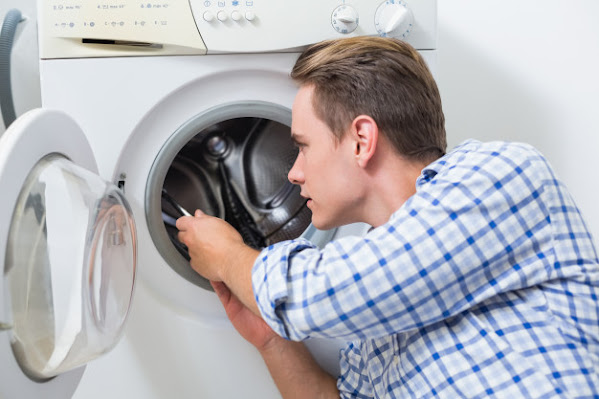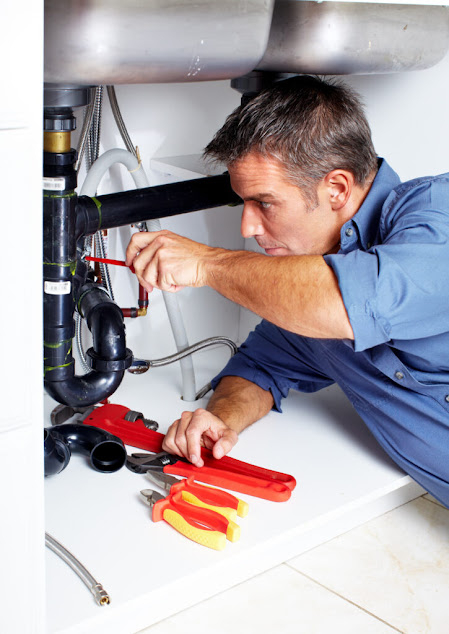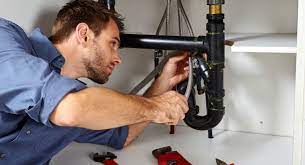Replacing a Lavatory Drain: A Practical Guide
If you're having trouble with an old clogged or sewer-smelling sink drain, then here's a handy little guide to help you replace the old sink drain with a new one.
What you will need
A container (such as a seal)
Pliers or a wrench
A set of metal or plastic drains
A special drain connector (if applicable)
1. Drain the old drain
The procedure for emptying a drain is the same for bathroom sink drains whether they are metal or plastic.
Remove the access plug, if there is one, and empty the water from the drain into a container.
Using the pliers or wrench, if necessary, loosen the fittings.
2. Buy a new drain assembly
Bring your old drain with you when you go to purchase the replacement set.
Standard pipe sizes have changed, and you may need a special adapter to make sure the new drain is compatible.
Lay out the different pieces to see how they connect together.
3. Install the drain
Place the compression washers as indicated in the instruction manual for the assembly.
Connect the pipe sections together and hook them up to your sink and the floor drain.
Do not overtighten the fittings.
Test the flow in the new pipes and new drain first and tighten them gradually to seal any leaks.
Additional tips for blocked pipes
For blockages in your pipes that cannot be resolved with a siphon, it is helpful to use a device called a ferret. You can buy or rent one. To use a ferret:
Disconnect the blocked pipe from its drain and feed the end of the cable into the pipe;
Rotate the handle to rotate the spiral. This allows the cutting head to sink into the blockage and break it into pieces
It is not possible to unblock a U-pipe with a siphon:
Return the water to the sink, place a bucket under the U-shaped pipe and unscrew the access plug with a wrench or pliers;
If water drains into the bucket, push the end of a hanger into the opening to grab the blockage and pull it out;
If water is squirting into the bucket, it means the blockage is likely further than the U-pipe and it's time to call a Plumbers Bristol.
Once everything is unlocked, replace any damaged component such as worn or deformed rings;
Position your new sealing rings correctly in the face brackets, otherwise the gaskets will leak;
Apply a small amount of silicone-based lubricant to the sealing rings inside connectors to ensure a good seal.
Keep these tips and tricks in mind when replacing your old sink drain and the job will go smoothly.
4 solutions to silence noisy pipes
When your plumbing starts to do a gig in your home, there is no need to call the plumber. Instead, try one of these 4 easy solutions to fix noisy pipes.
1. The creaks that come from the ground
Cracks and bangs under the floor are usually caused by the expansion and contraction of water pipes.
Noise means the pipes are rubbing against joists and floor slats without padding.
The challenge is not to stop the noise, but to trace its source, which requires lifting floor slats. A professional would be of great help to you here.
The pipes usually pass through the joists through notches under the floor. They should also be attached to each joist with a special plastic tie designed to hold the pipe in place while allowing quiet expansion and contraction.
If the pipe is loose, wrap it with felt, old cloths, or pipe insulation foam where it crosses the joists. This will allow the pipe to expand discreetly.
2. Knocking when the tap is closed
A knocking sound that resonates in pipes when a faucet is turned off or a washer finishes filling is due to water hammer or hydrostatic shock. Dry knocking is also the result of loose pipes that move when under pressure and knock against adjacent walls or floors.
Partially close any service taps supplying the sink or appliance near the source of the noise. This will relieve the water pressure when the faucet is closed, thus reducing noisy shock waves at the cost of a slight extension of the filling time of your appliance.
A loose hose will move when water is flowing through it. Make sure all pipes in your home are securely fastened to the wall or floor approximately every 2m. Plastic hose clamps are inexpensive and available at any home improvement store.
Warning :
If you need to widen a notch in a joist to accommodate a pipe, be sure not to make it too deep so as not to damage the structure.
The rule of thumb is not to cut deeper than an eighth of the joint.
3. The tap plays a melody
A puck loses its flexibility over time. The water which circulates there makes it float like a reed in a clarinet, creating a melodious noise.
To silence your faucet, just replace the washer.
4. The hot water faucet hiccup
If your hot water seems to gasp and run water in series of jets rather than a nice steady stream, you probably have an air hole somewhere in your system.
Open all the taps in the house to see if the extra flow is enough to move the air bubble;
If you have separate faucets in the kitchen, tie a length of hose between the hot and cold faucets and secure it in place with hose clamps;
Fully open both faucets: pressure from the cold faucet will push the water in the hot pipe into the overflow tank, thus moving the air hole (hopefully);
Alternatively, if you have a mixer tap in the kitchen, put on a rubber glove and close the spout firmly with your hand;
Open the hot and cold water levers simultaneously.
The water will still make some noise as it circulates through your pipes, but when you do hear big bangs, banging, screaming and hissing, it's time to put yourself in solution mode and use the tricks you find. in this article.




Comments
Post a Comment